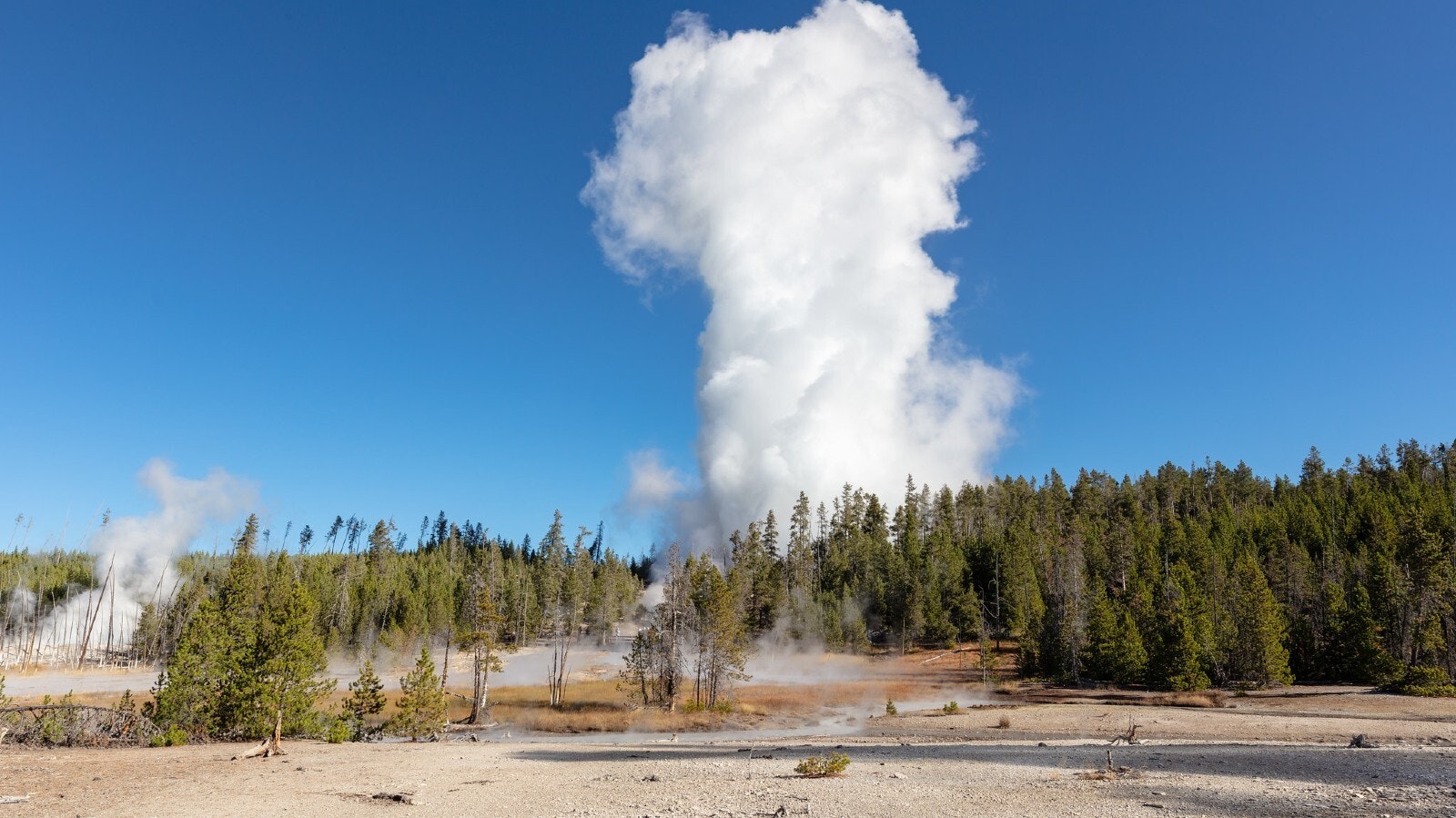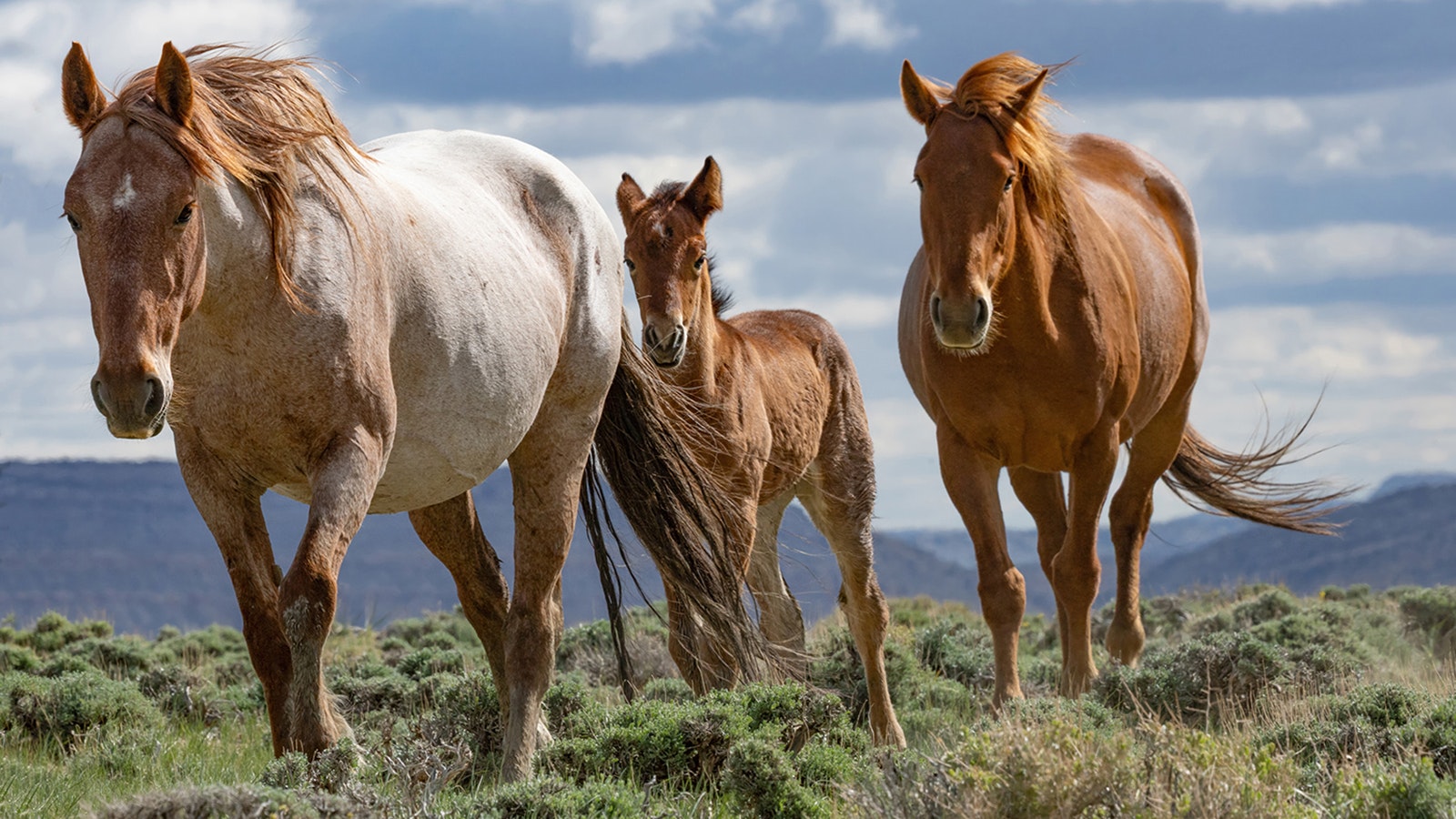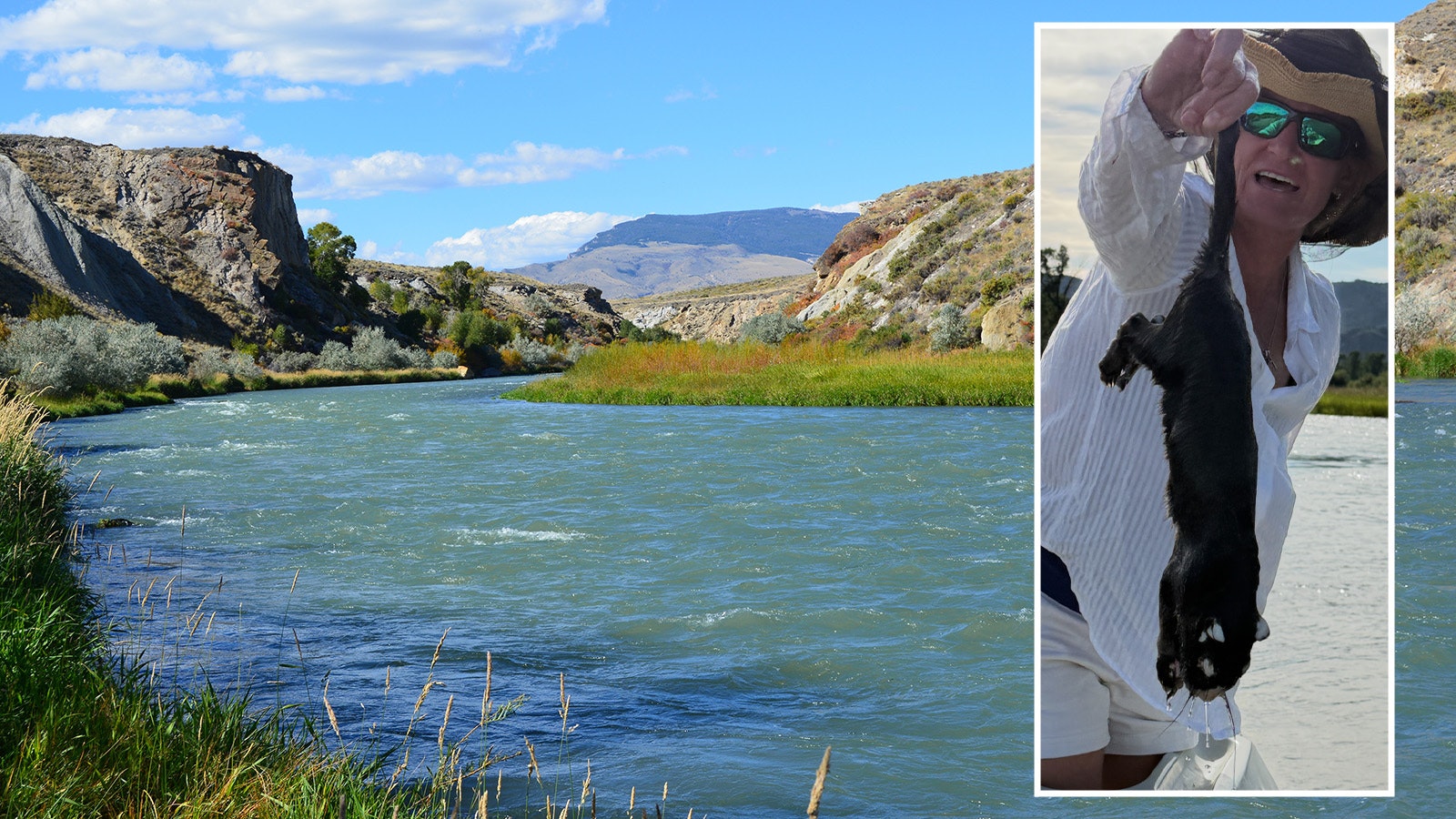Researchers still can’t quite explain what caused a Yellowstone National Park geyser to reawaken in 2018, according to a recently published study.
The Steamboat Geyser, inside of the park’s Norris Basin, reawakened in 2018 after four years of complete dormancy. Since becoming active, the geyser has regularly erupted every year since then.
A recent study published by the Proceedings of the National Academy of Sciences of the United States of America was penned by 11 researchers that investigated the geyser’s resurgence and its eruption dynamics.
“The reason for reactivation remains ambiguous,” the group concluded.
“An improved understanding of geyser dynamics can provide insights into other multiphase episodic processes on Earth and other planets that result from localized input of energy and mass (e.g., volcanism),” the study said.
In 2019, the Steamboat geyser had its largest number of eruptions in recorded history, with 48. In 2020, there were 26 eruptions.
This resurgence in the geyser came after more than 30 years of sporadic activity. Prior to 2018, the geyser only erupted four times over a 13-year period (in 2005, 2007, 2013 and 2014).
The researchers analyzed a wide range of data in an effort to determine what triggered the geyser’s reactivation and the intervals and height of the eruptions.
They did find a correlation between eruption height and inferred depth to the shallow reservoir supplying water to eruptions.
Steamboat Geyser’s eruptions are taller than most geysers because the water supplying it stored deeper than at other geysers, so more energy is available to power the eruptions.





